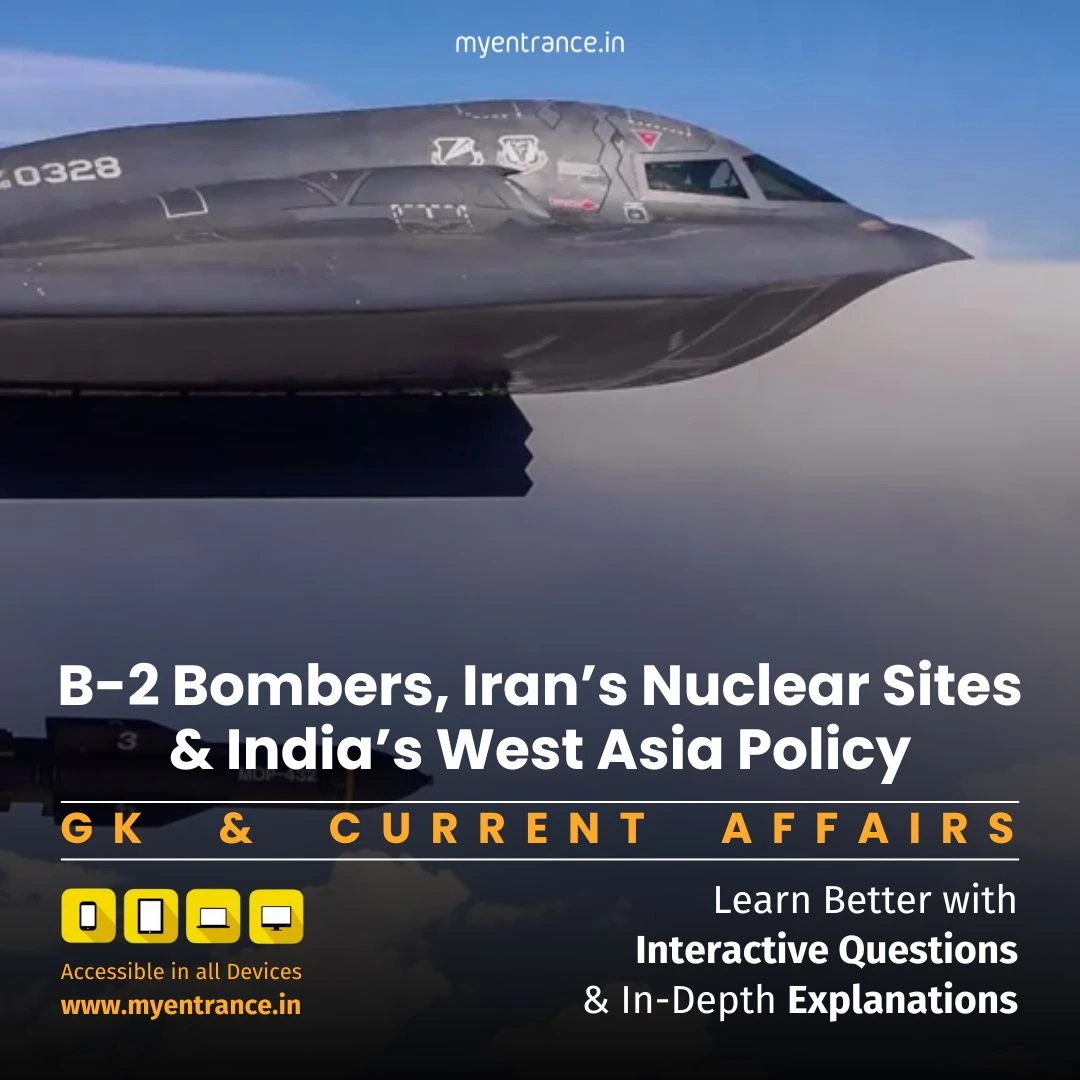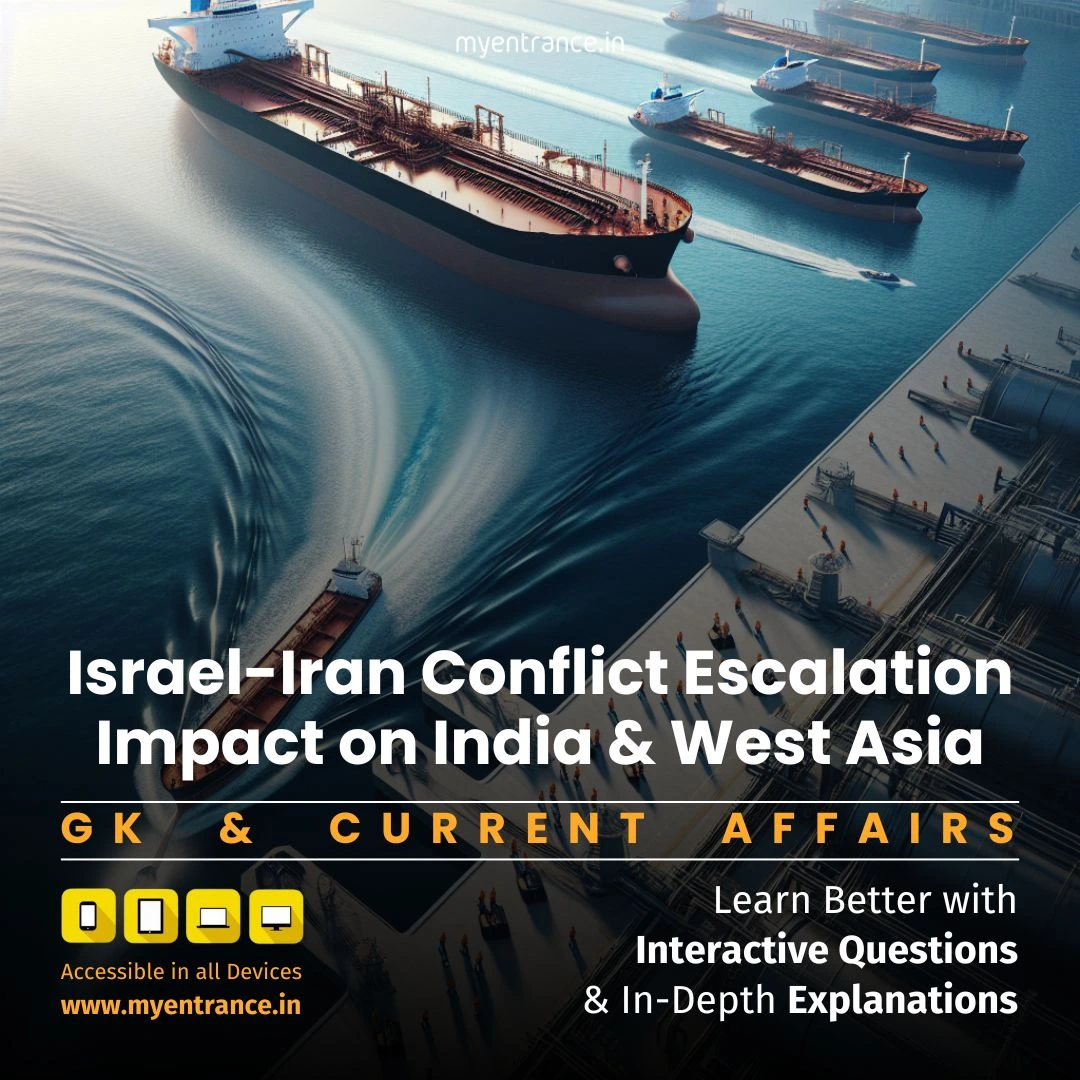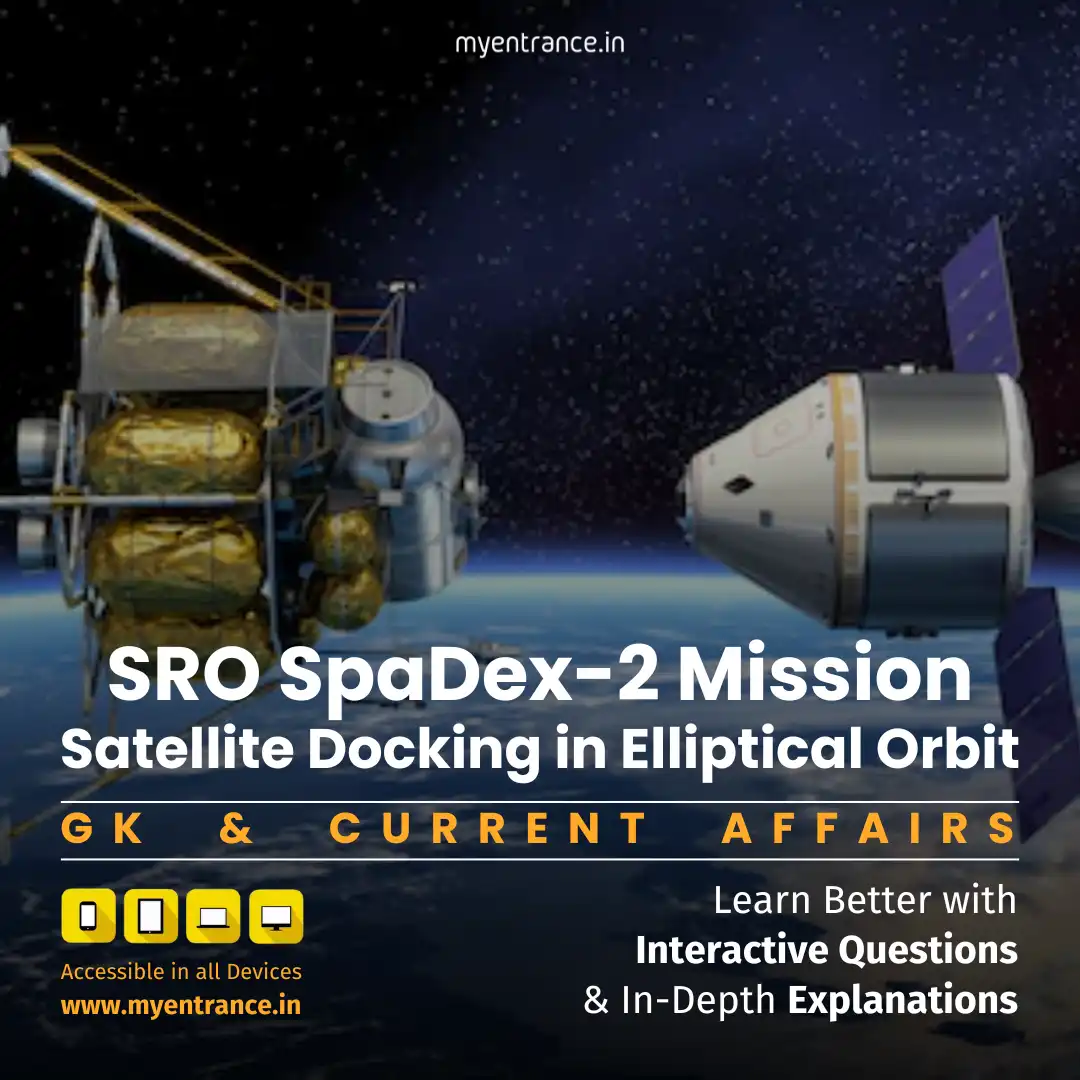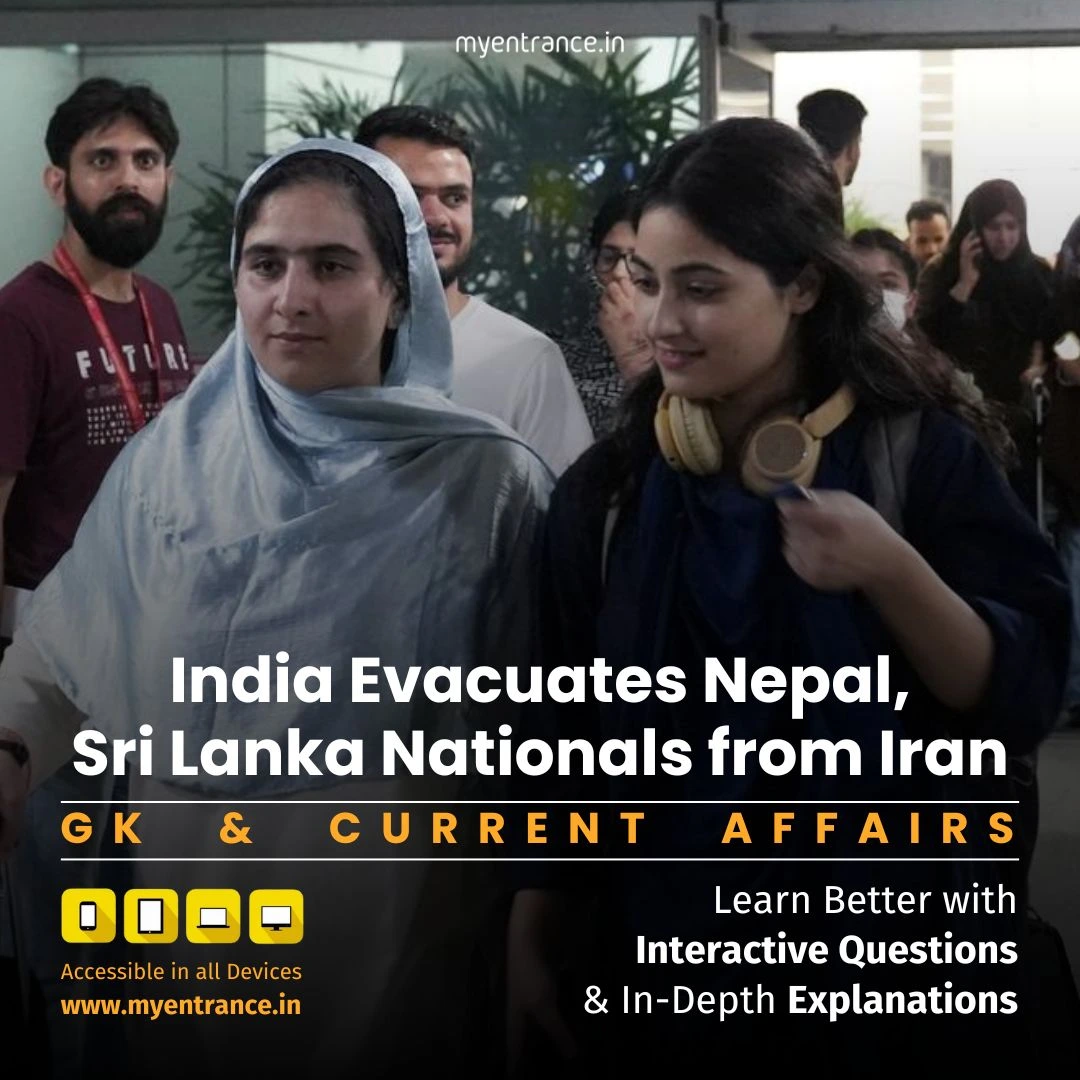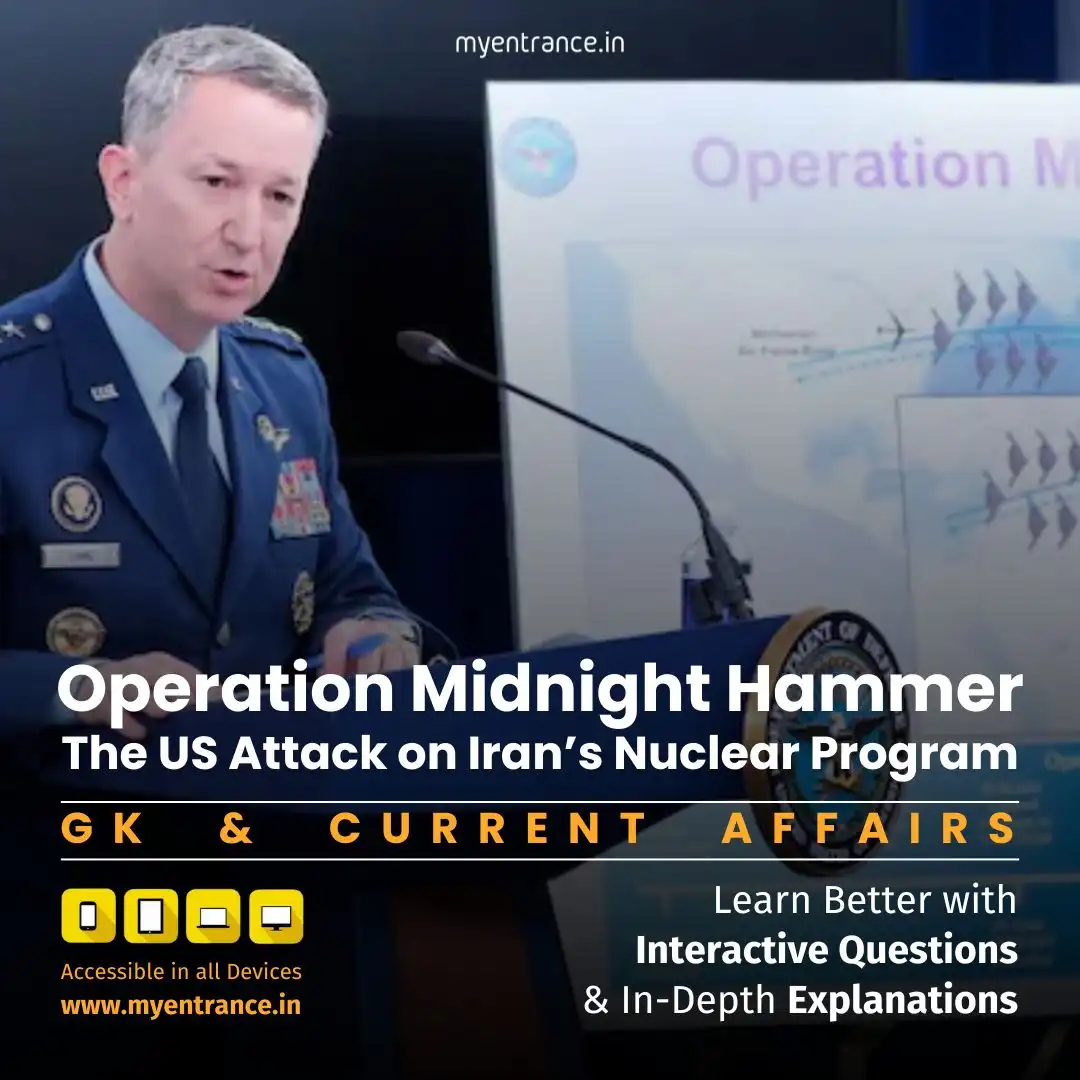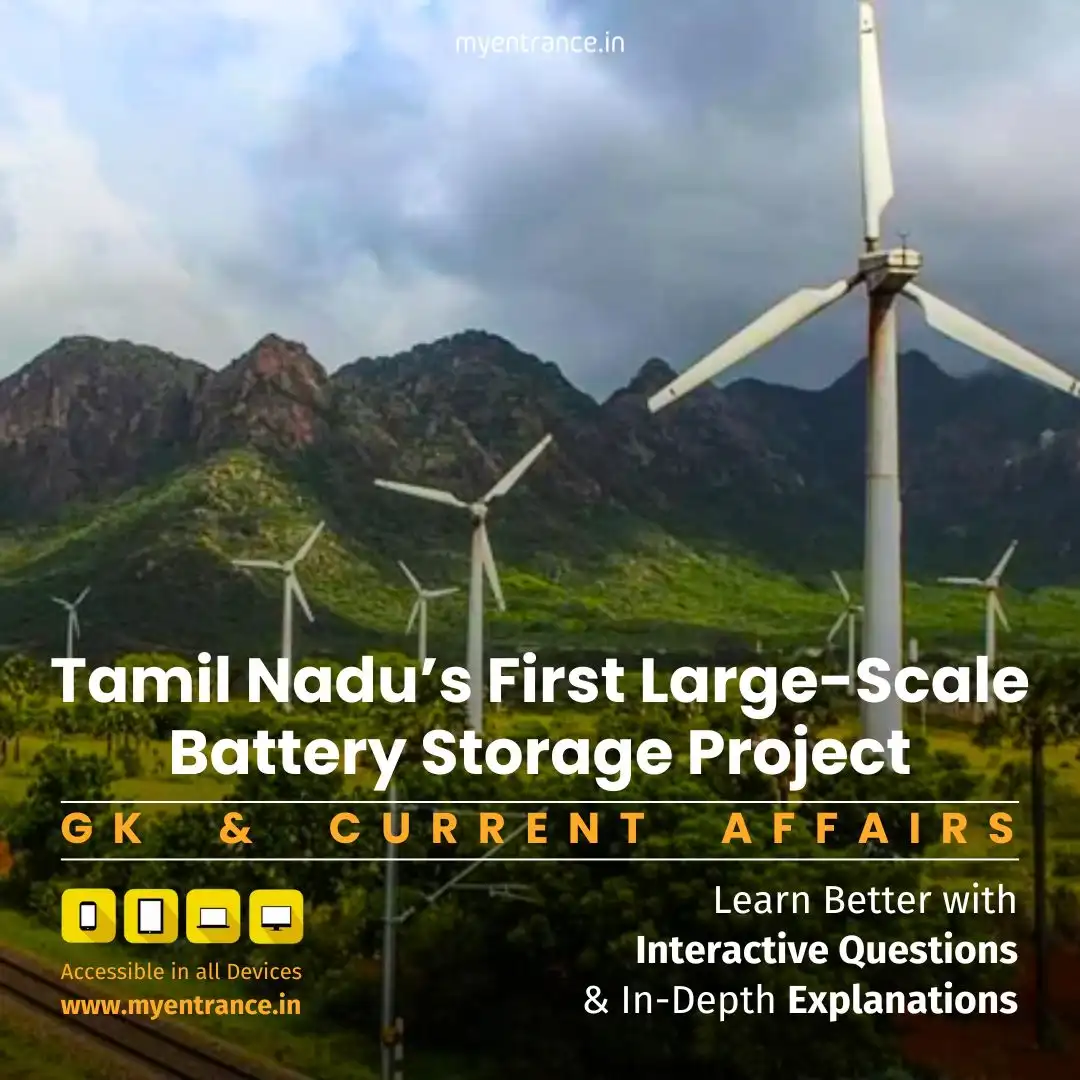Select Language
The Secret US Arms Supply to Iran: The Iran-Contra Scandal Explained
In the 1980s, the US secretly armed Iran during its war with Iraq, violating its own arms embargo. This covert operation, known as the Iran-Contra scandal, became one of America’s biggest political controversies.

The Secret US Arms Supply to Iran: The Iran-Contra Scandal
The Iran-Contra affair was one of the most explosive political scandals in US history, revealing a covert operation where the Reagan administration supplied weapons to Iran—despite an official arms embargo. The deal, exposed in 1986, involved secret Swiss bank accounts, arms smuggling, and a failed hostage negotiation plan.
Why Did the US Arm Iran?
The US had two main objectives:
Free American hostages held by Hezbollah in Lebanon.
Fund Nicaraguan Contra rebels fighting the socialist Sandinista government.
At the time, Iran was engaged in a brutal war with Iraq (1980–1988) and desperately needed weapons. Since the 1979 Iranian Revolution, the US had cut diplomatic ties and imposed an arms embargo. However, Israel—with US approval—initially supplied Iran with spare parts and ammunition.
The Role of Israel in the Arms Deal
Israel acted as a middleman, using its network to facilitate arms transfers. The strategy was to:
Build ties with moderate Iranian military leaders.
Potentially weaken Ayatollah Khomeini’s regime.
Secure the release of US hostages in Lebanon.
However, the plan backfired when Iran’s Revolutionary Guards intercepted some shipments, and the scandal was exposed.
The Hostage Crisis That Triggered the Deal
In 1985, Hezbollah hijacked TWA Flight 847, demanding the release of Lebanese prisoners in Israel. The hijackers killed a US Navy diver, escalating pressure on the Reagan administration to negotiate.
The US hoped that supplying arms to Iran would encourage Tehran to pressure Hezbollah into releasing hostages. Instead, the operation spiraled into a major scandal.
How the Funds Were Funneled to Nicaraguan Rebels
The money from Iran’s weapons purchases was illegally diverted to the Contras, a rebel group fighting Nicaragua’s Sandinista government. This violated the Boland Amendment, which banned US military aid to the Contras.
Investigations later revealed that $10.5 million from the arms sales was secretly sent to the rebels.
What Weapons Were Supplied to Iran?
The US delivered:
2,008 TOW anti-tank missiles
HAWK surface-to-air missile parts
Spare parts for US-made military equipment (F-14 jets, radar systems)
These weapons helped Iran resist Iraqi offensives, prolonging the Iran-Iraq War.
The Political Fallout
When the scandal broke, Reagan initially defended the arms sales, claiming they were meant to improve US-Iran relations. However, he later denied any “arms-for-hostages” deal.
Key figures involved included:
Oliver North (NSC staff)
John Poindexter (National Security Advisor)
William Casey (CIA Director)
Though Reagan avoided impeachment, the scandal tarnished his legacy and raised questions about presidential overreach—a debate that continues today.
Sample Questions & Answers
1. What was the main purpose of the US supplying arms to Iran?
The US aimed to secure the release of American hostages in Lebanon and secretly fund Nicaraguan Contra rebels.
2. How did Israel contribute to the Iran-Contra deal?
Israel acted as an intermediary, using its arms-smuggling networks to supply Iran with weapons before direct US involvement.
3. What law did the Reagan administration violate by funding the Contras?
The Boland Amendment prohibited US military aid to the Nicaraguan Contras, making the diversion of funds illegal.
4. What types of missiles were sent to Iran?
The US supplied TOW anti-tank missiles and HAWK surface-to-air missile parts.
5. How did the Iran-Contra scandal impact Reagan’s presidency?
While Reagan avoided criminal charges, the scandal damaged his reputation and raised concerns about unchecked executive power.
Most Predicted Questions
Comprehensive study materials, Expert-guided tips & tricks, Mock tests and instant results.
Start your SSC, NIFT, NID, FDDI, PSC journey today with MyEntrance, your ultimate online coaching platform.





